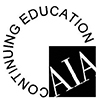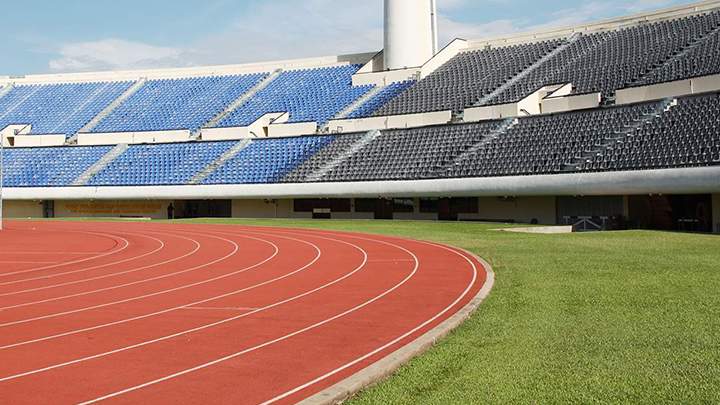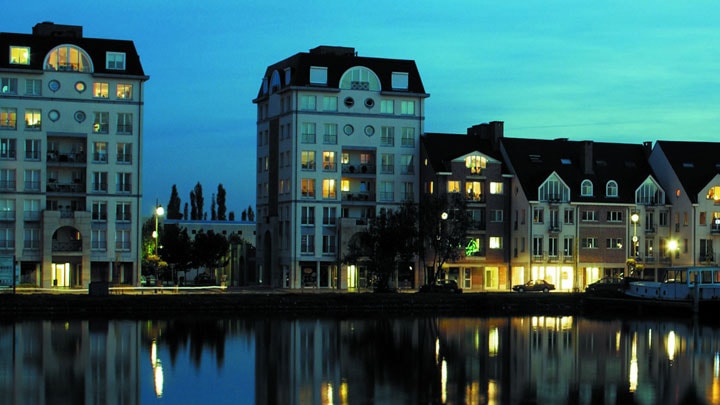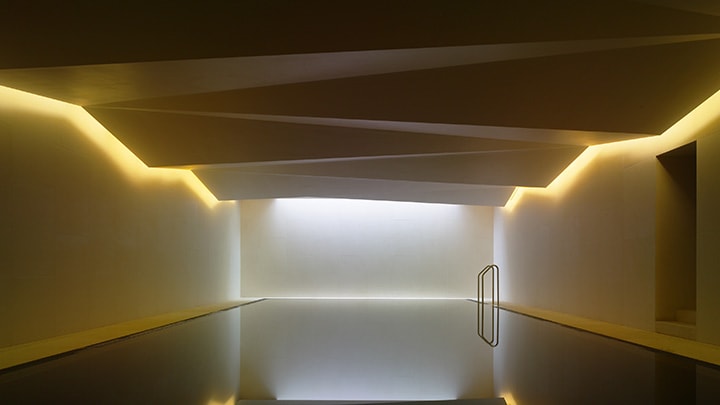
You may click on the image above to view the complete recording on YouTube.
While you may view the webinar you also will have an opportunity to appear for a short quiz and obtain the certificate if you successfully pass the quiz. Login here to take the assessment and obtain the certificate.
First, let's take a quick look at the history of night racing and why it has gained so much popularity compared to day racing. Night racing has its roots in the 1950s when the idea of racing under floodlights was first explored. The first-ever official night race was held in Singapore in 2008, and since then, it has become a highly anticipated event in the F1 calendar.
One of the major advantages of night racing is the visual spectacle it creates. The contrast between the brightly lit track and the dark surroundings brings a unique ambiance and excitement to the event. Additionally, night races allow fans from all around the world to watch the race at a more convenient time, without the limitations of different time zones.
However, organizing a night race comes with its fair share of challenges. One of the most crucial aspects is the impact on the infrastructure. Setting up temporary circuit lighting requires careful planning and coordination. The lighting fixtures must be strategically positioned along the track to ensure optimal visibility for the drivers while minimizing any potential glare or shadows that could affect their performance.
Another critical factor is the lighting design and illumination uniformity. Achieving a consistent level of lighting throughout the circuit is essential to prevent any areas being less illuminated than others, which could compromise safety. Lighting designers must take into account factors such as the distance between the lights, their intensity, and the type of lighting used to ensure a well-lit and evenly illuminated track for all participants.
Sustainability is also a significant concern when it comes to organizing night races. With the increased consumption of electricity, it's essential to adopt environmentally friendly lighting solutions. Innovative technologies, such as LED lights, have allowed for a considerable reduction in energy consumption. Additionally, efforts are being made to minimize spill light and harness the illumination only where it's needed.
So there you have it - the challenges, sustainability aspects, and technicalities of our adopted products regarding F1 night racing. It truly is a fascinating intersection of engineering, design, and environmental consciousness. Thank you for joining us today, and we hope you've gained some valuable insights into the behind-the-scenes of this thrilling sport.
Learning objectives:

Roberto Grilli
General Manager Urbanism,
DZ Engineering


Engr. Roberto Grilli is DZ Engineering’s General Manager. With over fifteen years of experience in the motorsports and lighting industries, he is responsible for both commercial and project management in integrated solutions for racetrack circuits, sports venues lighting, museums and architectural lighting at places of worship.
Holding a degree in engineering, Engr. Grilli acquired extensive knowledge in the motorsport field as a designer and project manager for energy and lighting systems with the Valerio Maioli Group in 2007. In 2009, he started leading the Singapore branch. In 2010, he moved up the corporate ladder to undertake his role as manager of the Motorsport Systems Department. Under his leadership, the department has since expanded, covering Sports Lighting Solutions.
Engr. Grilli has pioneered projects for the world renowned Formula 1 Night Race in Singapore, power and communications systems for motorsport venues in Asia and the architectural lighting for UNESCO sites in Italy.
As the driving force behind the company’s growth, Engr. Grilli has helped to generate new business projects and drive collaborations for the development of innovative products and solutions in lighting, power and communications.
Cristian Salucci has acquired a deep knowledge as designer in the fields of electrotechnic and illuminating engineering. He has gained an experience of many years as Technical director on site and manager on the editing of post operam technical documentation and RSPP collaborator.
Education
Advanced Training Course in Exterior Lighting: principles, technology, legislation and regulations – Università degli Studi di Padova, 2011
Master's program of illuminating engineering applied for outdoor – Mecca Servizi Tecnici, Torre Bordone (BG), 2007
BEng, Bachelor of Engineering - Major in Construction, Università degli Studi di Bologna, 2004


Sports lighting
The right lighting is vital for sports venues. Watch some webinar recordings to know more.

Contact us
Please let us know if you want to receive more information about this webinar topic.

Illumination of large public spaces
Watch this webinar (dated Jan 25, 2024) to learn how to create an accurate lighting balance for the users as per their needs.